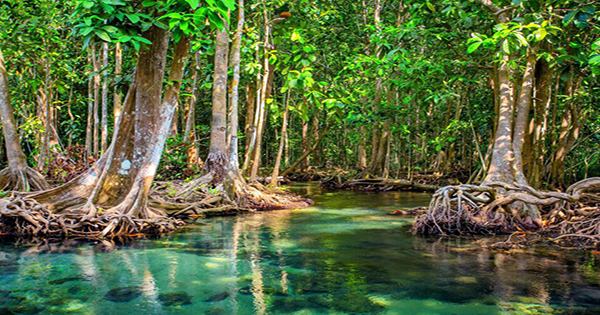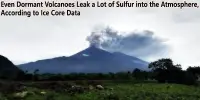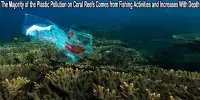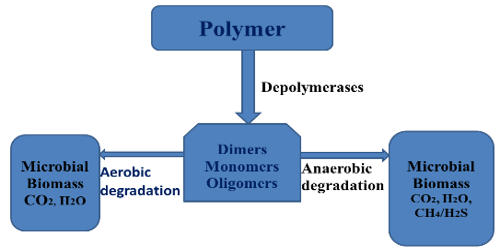A 125,000-year-old red mangrove forest in the Yucatan Peninsula is curiously flourishing on the banks of a freshwater river, despite its preference for saltwater habitats. The old woodland is about 200 kilometers (124 miles) from the Gulf of Mexico coast, and it is a long way from home. Mangroves are salt-tolerant plants, shrubs, and palms that commonly found along tropical and subtropical coasts. This forest, however, has been “locked in time for more than 100,000 years,” according to Octavio Aburto-Oropeza, co-author of a new research published in PNAS.
The historic coastal ecosystem stranded inland during the last interglacial era, when sea levels were six to nine meters (20 to 30 feet) higher than they are now, and it now exists alongside the San Pedro Martir River, which runs from Guatemala to Mexico. The researchers discovered that the forest was home to nearly 100 species that normally prefer saltier climates but had adapted to a freshwater environment 125,000 years ago, allowing them to continue living in their beloved habitat despite the retreating ocean. The team believes they were able to survive because of the calcic waters that replaced the sea – the river flows through limestone, so the water is high in calcium carbonate.
Researchers have cast light on the “lost” forest for the first time, offering us a glimpse into the worldwide ecosystem of the last interglacial period – a time when Earth warmed and ice caps totally melted – using genetic, geology, and plant data, as well as sea-level modeling. The mangrove ecosystem actually stood its ground as the world cooled and sea levels fell, becoming a relic of a warmer, saltier past. The findings show the influence of climate change on the once-coastline as well as the Gulf of Mexico lowlands, which supposedly submerged during the ice ages.
As sea levels rise again, the authors expect that their research will help them better understand the effects of climate change on coastal ecosystems. “The San Pedro mangroves are warning us about the devastating impact that climate change will have on the Gulf of Mexico coastal plains if we do not take immediate action to reduce greenhouse gas emissions,” the authors said.
The authors also emphasize the need of preserving the terrain surrounding the study location, which largely deforested in the 1970s. They “hope [their] findings persuade the Tabasco government and Mexico’s environmental ministry of the importance of protecting this ecosystem.” Pleistocene glacial cycles inscribed in the DNA of plants, ready to be deciphered by scientists.”
















